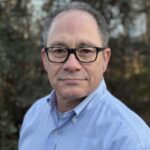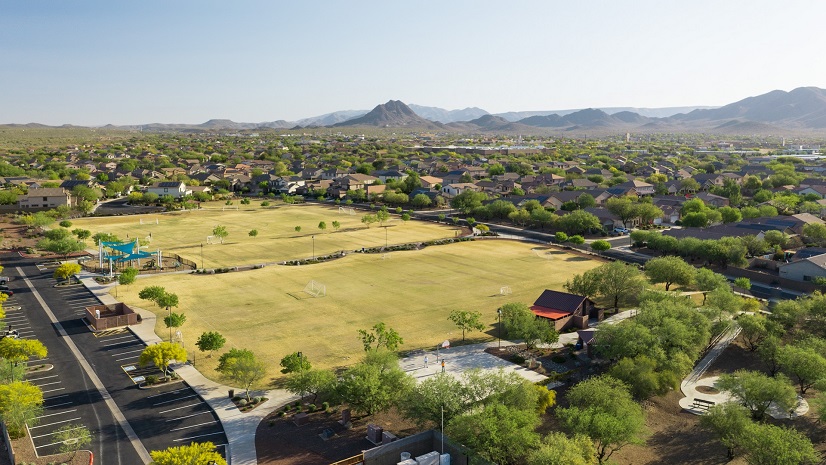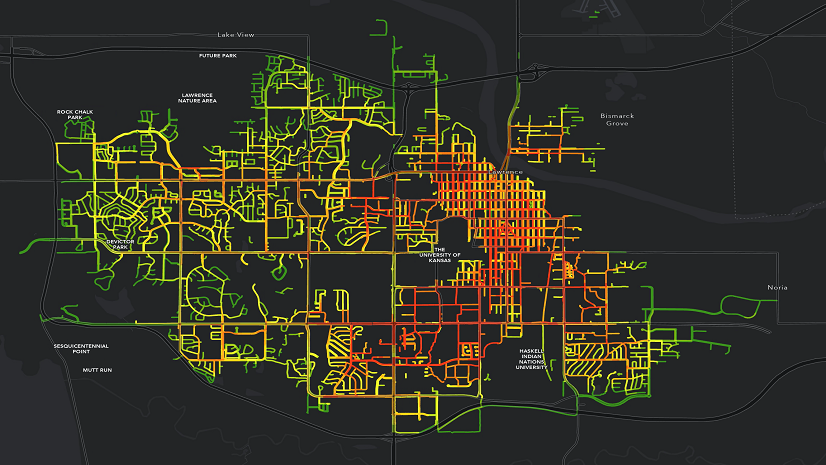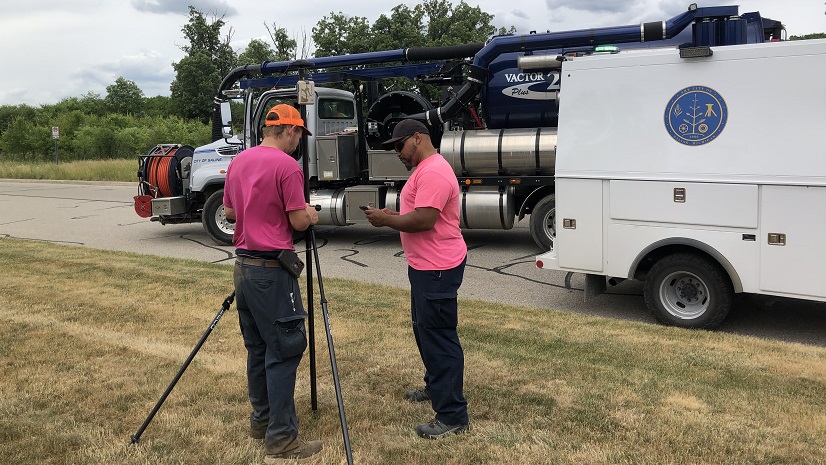As part of Esri’s Parks & Recreation campaign this year we hosted a webinar on August 15th about the opportunities for GIS to support the important work of parks and recreation organizations. Parks and recreation facilities are the lifeblood of our communities, and their importance will continue to increase into the future. They help us battle some of the major challenges and initiatives we are dealing with like:
- Economic Development
- Climate Sustainability & Resilience
- Health & Well-Being
In my recent blog, part of our Park Perspective Series, I review the justification for Parks & Recreation GIS to support Smart Operations, which is just one of the six areas in which GIS can provide business value:
- Planning & Design
- Smart Operations
- Education & Outreach
- Community Health & Well-Being
- Equity
- Climate Resilience
In the webinar we highlighted GIS success stories across these areas from various organizations including, the Washington State Recreation & Conservation Office, Montgomery County, Maryland, Escondido, California, the Tennessee Department of Health, Los Angeles County, California, and Trees Atlanta.
The webinar featured the fine work from Eugene, Oregon’s Public Works Parks and Open Space (POS) GIS team. Eugene is a city of about 180,000, about fifty miles from the coast in the Willamette River Valley, and home to the University of Oregon (Go Ducks!). Eric Cariaga and Todd Johnson, GIS Analysts at the City, demonstrated the way they are providing support across all six areas listed above.
Their impact on the City and its operations has grown organically over the years, gradually transforming from project level GIS to department level, to a comprehensive enterprise GIS operation that is mission-critical across a wide range of City departments. Along the way the impact they have had on their organization and community has grown significantly. They have been a key part of organizational digital transformation that has delivered significant benefits like increased savings, efficiency, and levels of service, as well as delivery of valuable new services. They have helped migrate colleagues off manual, paper, PDF, and spreadsheet-based workflows to GIS-driven digital apps using live data on a range of devices in any location. Their user base has spread throughout the City, including the Assistant City Manager, as well as the public. This has spurred increased collaboration and the elimination of internal silos.
As a long-time GIS professional and Esri employee it is extremely satisfying to repeatedly experience stories like the one at Eugene, across the U.S. and abroad. Our goal is to make our users and their organizations successful, so hearing them tell stories like this is reinforcement of the critical business value GIS can deliver and a great reminder that when we get mired in our daily work to remember our overall goal: turning data into insight that powers better decision making and delivers significant business value.
Go here to access the recording of this webinar. Remember that your options for repeating examples like Eugene include doing it yourself using ArcGIS Solutions and self-paced training and collaborating with Esri Professional Services and/or our Esri Partners. For more information specific to GIS for Parks and Recreation, please visit this website. If you’d like to dive deeper into the technical side of Parks and Recreation GIS, please join us on August 29th for a technical workshop webinar led by Esri Parks and Recreation GIS Subject Matter Expert, Renee Opatz, more information available here.






